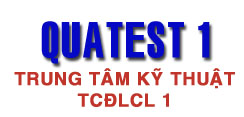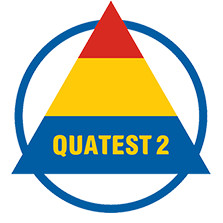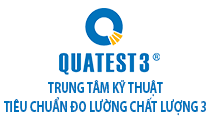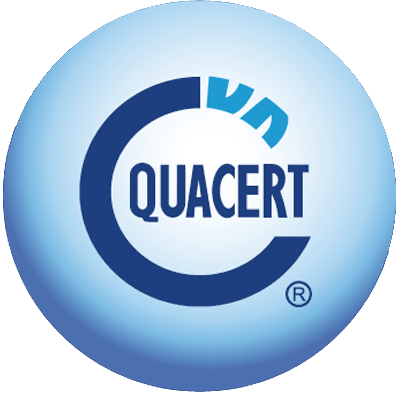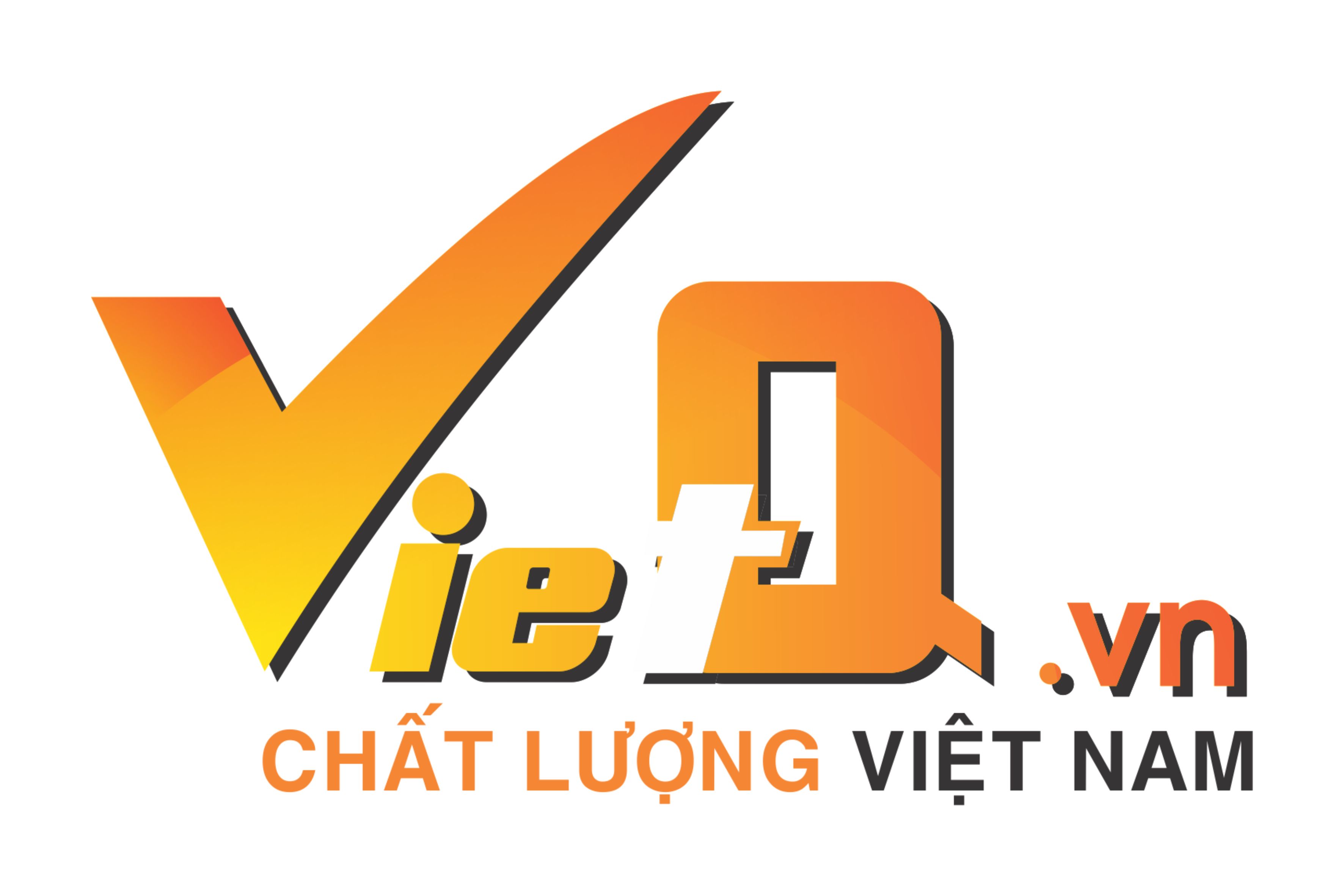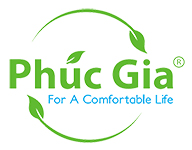Greenhouse Gas inventory training course for steel products
Post date: Wednesday, Apr 24, 2024 | 19:53 - View count: 823
The collaboration between the Directorate for Standards, Metrology and Quality (STAMEQ) and BSI Vietnam has resulted in organizing a training course for experts on greenhouse gas (GHG) inventory. This course focuses on TCVN ISO 14067/ISO 14067 and the Carbon Border Adjustment Mechanism (CBAM) for steel products. By participating in this training course, experts will acquire the necessary knowledge and skills to conduct GHG inventory specifically for steel products. This initiative aims to ensure the effective implementation of GHG inventory regulations, align with sustainable development goals, promote a green economy, support an environmentally friendly circular economy, and work towards reducing GHG emissions to achieve Net Zero by 2050.
According to the Law on Environmental Protection dated 2020, Government Decree No. 06/2022/ND-CP, and Decision No. 01/2022/QD-TTg, a total of 1,912 GHG emission facilities across the country are mandated to conduct GHG inventory starting from 2025. Among these facilities, the metallurgy sector falls under the scope of GHG inventory required by the Ministry of Industry and Trade, as stated in Circular No. 38/2023/TT-BCT.
Furthermore, on July 14, 2021, the European Commission (EU) introduced the Carbon Border Adjustment Mechanism (CBAM), which requires businesses importing goods into the EU to disclose the emission levels of their imported products and obtain and submit corresponding CBAM certificates. Steel products are one of the six product groups that importing businesses into the EU must report GHG inventory on and are subject to carbon taxes.

The identification and quantification of emission sources will assist businesses in effectively managing and implementing measures to reduce emissions. In addition to complying with legal regulations, publicly disclosing carbon footprint data will enhance a company’s reputation, increase competitiveness, and meet the growing demand from consumers and investors for “green” products. Conducting a carbon footprint assessment is also a prerequisite for products to enter international markets.
The TCVN ISO 14067/ISO 14067 defines the principles, requirements and guidelines for the quantification of the carbon footprint of products. This standard aims to quantify GHG emissions associated with the life cycle stages of a product, beginning with resource extraction and raw material sourcing and extending through the production, use and end-of-life phases of the product. Accurate, consistent, and transparent data sources are essential for conducting a carbon footprint assessment. These data must be thoroughly analyzed and evaluated by experts with in-depth knowledge of the product, supply chain, and business operations. Following the assessment, experts will offer recommendations for implementing measures to reduce GHG emissions.

In recognition of the significance of enhancing professional expertise in this field, the Directorate for Standards, Metrology and Quality (STAMEQ) has collaborated with BSI Vietnam to host a training course for experts on GHG inventory based on TCVN ISO 14067/ISO 14067 and CBAM for steel products. This training program equipped experts with the essential knowledge and skills required to conduct GHG inventory for steel products. This initiative aims to support the effective enforcement of GHG inventory regulations, achieve sustainable development objectives, foster a green economy, encourage environmentally friendly circular economy practices, and work towards reducing GHG emissions to achieve Net Zero by 2050.














